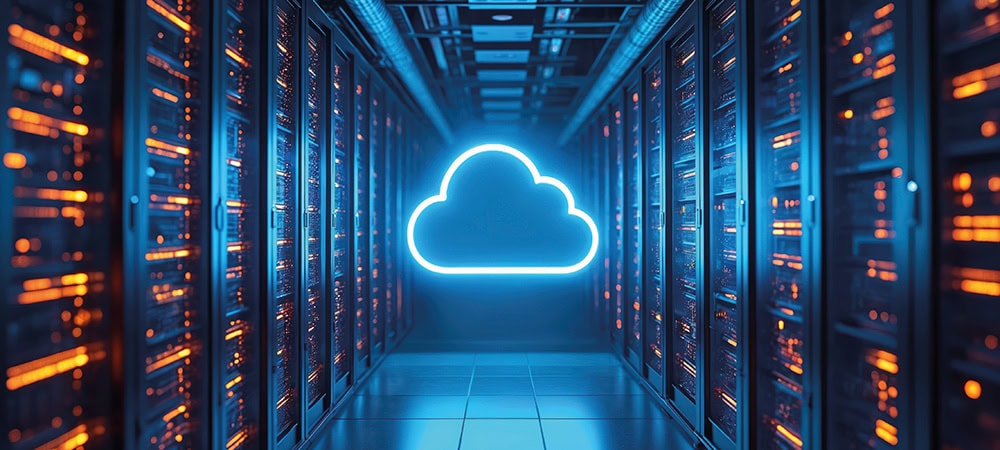SAP UK v. Diageo: Avoiding legal consequences for license violations


Companies license software based on different license parameters, devices or processors in a server. If the number is exceeded, a company automatically violates the license terms in many software licensing models.
The infringement often does not even happen consciously. This is due to the high complexity of contractual terms, license usage rights and license models. Things get tricky when named users come into play.
In the case of SAP UK v. Diageo Great Britain, the High Court of England and Wales ruled in favor of SAP. The company had sued the beverage manufacturer for £55 million for indirect users. A decision with serious implications for large companies that operate customer-facing systems linked to SAP databases.
Since 2004, Diageo has licensed mySAP Business Suite based on a certain number of named users. A few years ago, Diageo built two new customer-facing applications on the Salesforce platform with access to Diageo's mySAP implementation via the SAP Process Integration (PI) interface.
This interface was also licensed. The dispute was whether payment of the license fee for SAP PI gave Diageo's sales staff and customers the right to access SAP data via Salesforce applications, or whether they needed an SAP Named User license to do so.
The ruling states that user license fees also apply to indirect users - in Diageo's case, there were 5800, resulting in an additional license fee almost equal to the total amount of SAP's previous software products and services.
Accordingly, the court's ruling was against Diageo and confirmed SAP's indirect licensing model. The situation is different if the named users with direct access also have access to SAP data via indirect applications. Here, only one license is required.
And if enterprise users have accounts for multiple indirect applications, only a single SAP named-user license is required to access all systems. Accordingly, techniques for optimizing licensing costs exist across the board for direct and indirect usage models.
Companies can mitigate the financial risk of indirect SAP access by using SAP software asset management and license optimization technologies. Named user license optimization is possible in several ways: Inactive users and duplicate users should be identified.
For each user, it is advisable to purchase a license type that is tailored to the actual usage data. This prevents the purchase of surplus and usually very expensive license types.
In addition, indirect access can be detected and license requirements optimized for (indirect) system users who are not SAP users. The right software asset management (SAM) processes and license optimization tools help avoid uncertainties and risks, and better plan future purchases based on usage data.
This includes the automatic optimization of named user licenses and business packages in preparation for SAP LAW (License Administration Workbench) reports, the definition of transaction profiles for limited professional users as a basis for converting these users to another license type, the disclosure of indirect SAP accesses, and knowledge of the conditions for integrating third-party products.
The case clearly shows that companies should know exactly what to look out for in SAP license management and how to avoid the associated risks.
With an intelligent combination of manual and automatic software license optimization, companies can manage their SAP licenses more efficiently and include SAP in their overall optimization program.






